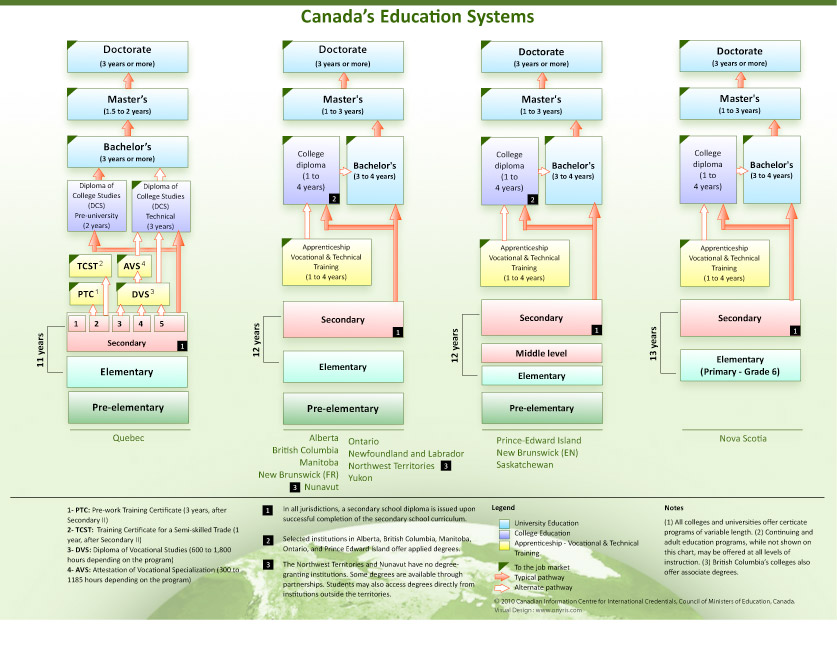

Know why Canada is so popular with Indian students.
Hosting nearly half a million international students, Canada is known to offer high quality education and its strong focus on research and development at affordable tuition fee with degrees that are globally recognised. Add to it, an excellent quality of life, immense post-study work and immigration opportunities - Canada stands out as a popular country to study among Indian students. The government of Canada offers great support to research in the disciplines of medicine, telecommunication, agriculture, environmental science and technology. People here come from varied ethnic groups with different cultures and lifestyle. The multicultural environment in Canada promotes friendliness and peaceful living like no other country.
The academic excellence, campus life and qualified instructors are other key reasons behind Australian universities being ranked in the QS World Ranking and Times Higher Education Rankings consistently. It has well-structured curriculum that focuses on varied skills such as critical thinking, creativity, communication, literacy, analytical thinking ability, ethical understanding and more.
In Canada, it’s the law that children get an education. It’s the parent’s responsibility to make sure children get enrolled in and attend school. Depending on where you live, there are many schooling options to choose from. There are also different ways to get involved in those communities. This is because each province and territory run its own school system.
There are 3 types of schooling in Canada

In Canada, depending on the province or territory, they can start primary school as young as 4 years old and finish secondary school when they’re 18 years old.
About schools in Canada
Depending on where you live, your options may include
School boards
School boards manage all the schools within a certain local area. They can also be called
School boards are run by publicly elected officials called “trustees.” They’re in charge of maintaining school buildings, managing staff, general administration, student enrolment.
School boards hold regular meetings so members of the public can express their views on how schools in their area are managed.
Getting involved in your child’s education
Parents are encouraged to support their child’s education by getting involved with their school and the school board.
To get involved - volunteer at your child’s school, go to parent-teacher evenings hosted by the school, become a member of the school council
Getting involved is a great opportunity to
With the right educational credentials, anyone can apply to attend a post-secondary school.
Categories of Institutions
In Canada, there are 3 different types of post-secondary schools
At most post-secondary schools, the school year is divided into 2 main terms and an optional summer term.
Each province and territory make sure each school and its programs meet a certain set of standards. Schools aren’t officially recognized until they’re certified.
A recognized school can grant
If you’re not sure if a school is officially recognized, contact your ministry or department of post-secondary education.
The Canadian Information Centre for International Credentials (CICIC) also maintains a directory of recognized schools in Canada.
Study at a University
Universities offer programs on a wide range of topics at different levels of difficulty and complexity. When you successfully complete a university program, you’re awarded with a university degree that reflects the type of program you completed. There are 3 types of degrees.
Study at a college or institute
There are many types of colleges and institutes recognized by provinces and territories, including
More about “career colleges”
These institutions are privately owned and run. They offer programs that focus on specific careers like
While they’re reviewed and recognized by the provinces and territories, they’re not publicly funded. They’re entirely funded through tuition fees.
Colleges and institutes usually offer shorter programs than universities (1 to 3 years). Instead of degrees, they issue diplomas and certificates that qualify graduates to do specific jobs in different industries.
Many colleges are also starting to offer bachelor’s degrees and master’s degrees in certain industries.